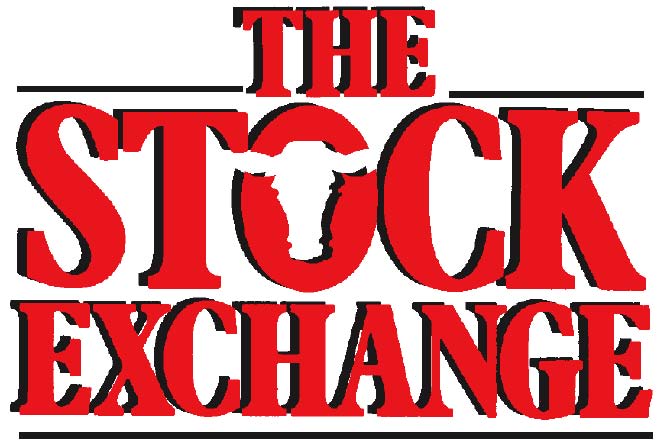Do You Know the Difference Between 9% and 7% Crude Protein Hay?
Hannah Greenwell, Nebraska Extension Educator What is the crude protein content of your hay? Photo credit Troy Walz. Listen to a discussion of the content in this article on this episode of the BeefWatch podcast. You can subscribe to new episodes in iTunes or paste http://feeds.feedburner.com/unlbeefwatch into your podcast app. When feeding harvested forages to the cow herd, you need to know what you have in order to know what to feed. This is vital when faced with…
